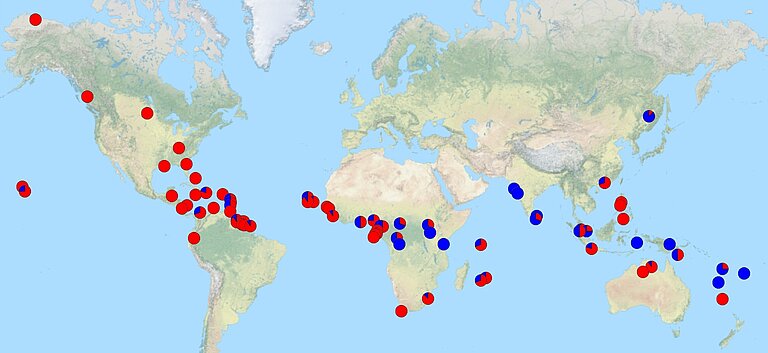New world atlas of colonial-era languages reveals massive traces of African and Pacific source languages
A new large-scale database and atlas of key structural properties of mixed languages from the Americas, Africa and Asia-Pacific has been published by researchers at the Max Planck Institute for Evolutionary Anthropology in Leipzig, Germany, in a joint project with colleagues at the University of Gießen and the University of Zurich, and involving a consortium of over 80 other researchers from around the world. These languages mostly arose as a result of colonial contacts between European traders and colonizers and indigenous and slave populations. The Atlas of Pidgin and Creole Language Structures, published by Oxford University Press and as a free online publication, contains in-depth comparable information on syntactic and phonological patterns of 76 languages. While most of these languages have words derived from the languages of the European (and sometimes Arab) colonizers, their grammatical patterns can often be traced back to the African and Pacific languages originally spoken by the indigenous populations, as the new atlas shows clearly.
